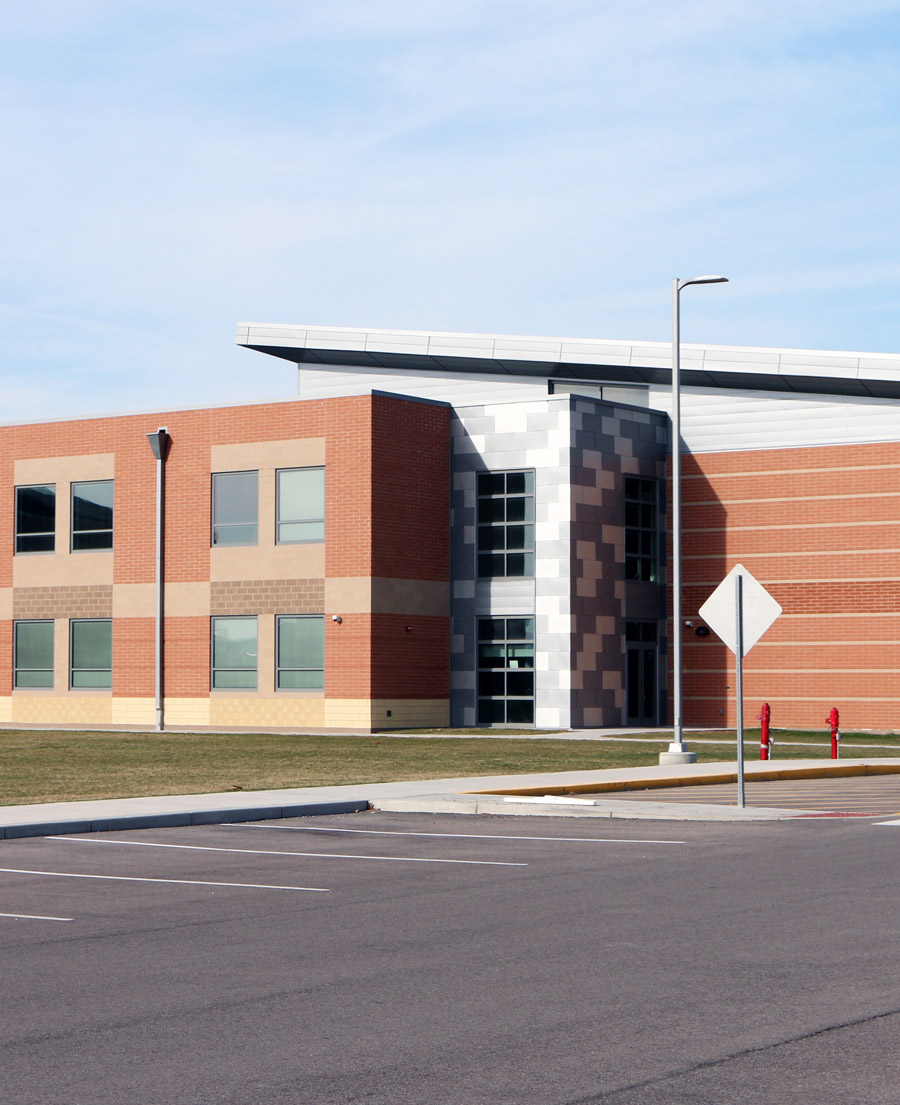Among the many education provisions in the proposed budget plan, one of the most significant is protections for LEAs experiencing declining enrollment. The plan would change how the LCFF apportionment is calculated to consider the greater of a school district’s current year, prior year or the average of three prior years’ average daily attendance, for an ongoing cost of $1.2 billion Proposition 98 General Funds.
Gov. Newsom also reiterated his administration’s commitment to in-person instruction while continuing to allow LEAs to offer traditional independent study and course-based independent study to meet their students’ needs with short- and long-term remote instruction. The Governor’s plan would streamline these programs by allowing synchronous instruction to count for instructional time in traditional independent study, in addition to student’s academic work product, and providing additional flexibility on the timeline to collect a signed independent study plan.
This proposed budget focuses primarily on funding existing programs, including many that were created by the Budget Act of 2021. Most notable is the “re-benching” of the Proposition 98 funding guarantee by $639.2 million to begin the four-year expansion toward universal transitional kindergarten. Additionally, the Governor proposed another $383 million to reduce the student-to-adult ratio in TK from 12:1 to 10:1 for the 2022–23 school year. Similarly, the Governor proposed an additional $3.4 billion in ongoing Proposition 98 General Funds for the Expanded Learning Opportunities Grants Fund created last year.
Other key components of the Governor’s January budget for schools include:
- Special education: $500 million in ongoing Proposition 98 General Funds to increase the special education funding base to $820 per ADA, which is paired with a number of program changes.
- Green school transportation: $1.5 billion one-time Proposition 98 funds over three years to “green” school bus fleets. Grants of at least $500,000 would be available forlocal educational agencies to acquire an electric school bus, construct charging stations and support other transportation needs.
- Universal school meals and farm to school: $596 million in Proposition 98 General Funds to provide universal access to subsidized school meals, $450 million in one-time Proposition 98 General Funds over three years to upgrade school kitchens and an additional $30 million one-time General Funds to establish more farm-to-school demonstration projects.
- Facilities construction and modernization: $2.3 billion in additional school facilities funding over two years for new construction and modernization and an additional $30 million ongoing for the Charter School Facility Grant Program.
View a full summary of the Governor’s January proposal here: http://blog.csba.org/gov-budget-proposal-2022/

As CSBA looks ahead to this budget cycle, a recommitment to the LCFF base is paramount. While the Budget Act of 2021 made significant investments in many worthy goals, the overwhelming majority of new funds are tied up in categorical programs with eligibility restrictions or in competitive grant programs that many districts do not have the capacity or resources to access or sustain. While the 5.33-percent COLA is appreciated, it is insufficient to meet the needs of LEAs as inflation and costs rise and schools are stretched thin to keep the lights on, retain and attract staff and keep day-to-day operations running. As negotiations develop, CSBA will push for the Governor and Legislature to focus on increasing funding for the base.
The proposed relief for schools facing declining enrollment, another key issue for CSBA’s budget advocacy, is much appreciated. However, several other priorities are left unaddressed by the Governor’s plan. Despite significant looming increases and the availability of a significant budget surplus, the January budget provides no relief for school employer pension contributions. And while the Governor’s budget proposes $2.3 billion in additional school facilities funding over two years for new construction and modernization, more is needed in the long term, particularly as universal TK is implemented.
Finally, while the $1.5 billion for green school buses is an exciting investment in sustainable transportation, home-to-school transportation continues to be an ongoing hurdle for many of the remaining districts that offer it, particularly as many new students are added with the expansion of TK. Schools need funding for home-to-school transportation that is equal to the actual costs for LEAs, in addition to an annual COLA to account for increasing costs and expanded legislative policy goals.